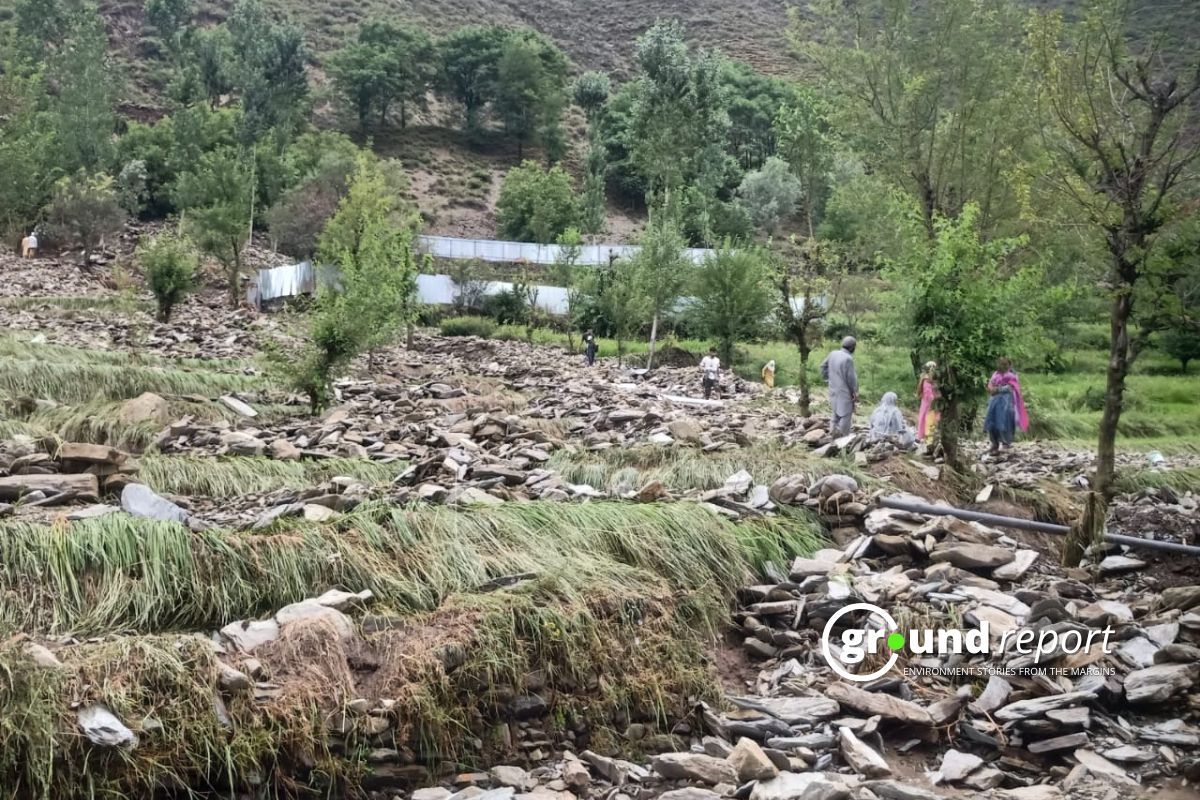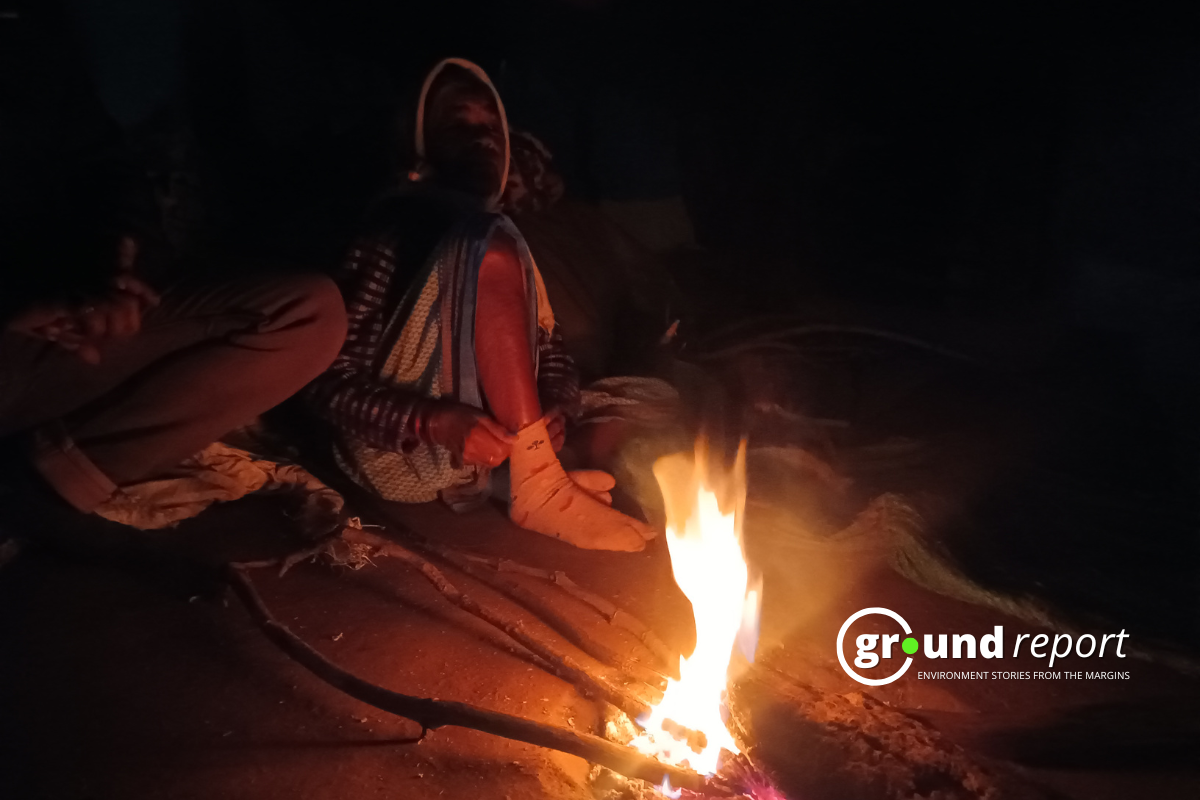Believe it or not, during the early 1800s, in the area over, a “mulakaram” or “breast tax” was imposed on women in the state of Travancore. The area was one of the 550 states in India controlled by Britain.
The magnitude of British demand for local kings in the plains of India forced the kings to rack their brains to find a way to fulfil the colonialists’ wishes, even if they had to make it difficult for their people again. The main victims targeted women from the Sudra caste the lowest caste in India.
They were prohibited from covering their own breasts if they had never practised mulakaram or breast tax. The women of the Sudra caste were forced to be bare-chested (without any clothes). Royal officials would go to each home to collect this tax from any lower caste woman who had passed puberty. The tax collector determined the amount based on the size of the breasts by touching them with bare hands.
Upper-class women did not fall under these restrictions
This tax was created with the sole purpose of humiliating lower-caste residents. Upper-class women did not fall under these restrictions of this tax and were allowed to cover their breasts. At that time, the social status of a person was determined by their caste, which required clear identification in correspondence with how they dressed.
Apart from seeking additional income through commodity taxes, mulakaram was intended to insult the lowest caste with a further split in the fabric of local Indian society. How were women from other castes allowed to cover their breasts without being burdened with mulakaram?
Poor and other lowest castes were never entitled to garment
The purpose of the breast tax was to maintain the caste structure and nothing else. Clothing was considered a sign of wealth and prosperity so the poor and other lowest castes were never entitled to garments.
This period saw the emergence of the Roman Catholic and Syrian Christian communities. As the system became increasingly oppressive, conversion into Christianity was seen as a ticket to a better life. Christian women were allowed to cover their breasts with a jacket-like blouse known as the “Kuppayam”. Yet, they were barred from wearing the upper cloth the way Nair women did, who wrapped the cloth around the torso in a specific style. This was to keep the hierarchy between the two distinct and obvious. The Christian Nadar women were not entirely happy with this proposition and demanded that they be allowed to wear the upper clothes the way Nair women did.
As the influence of Christianity increased, the resentment that the upper caste held for them also grew. This culminated in a series of violent clashes in the Travancore region of Southern Kerala in what came to be known as the Channar Revolt or the Channar Lahala. Churches and houses were burnt down and women who wore blouses were stripped in public.
Nangeli, a name that means ‘The Beautiful One’, later succeeded in changing the story of the rebellion by sending a shock signal throughout Southern India, not only in the Travancore Kingdom.
Nangeli was a woman who came from a lower caste. She lived in harmony with her husband in the Chertala area, a quiet town far from the centre of the crowd like in Kerala at that time. She worked as a labourer on a farm. Nangeli was a woman who fused with the rare combination of beauty and brain. With her boldness, she was a class apart among the lowest castes.
However, her beauty became a source of disaster through the treatment of lewd people from the upper caste. Harassment, both verbal and nonverbal, was often experienced by Nangeli. This sort of treatment never made her inferior in protecting young women in her environment and community from being exploited by the upper caste.
Enough is enough
Nangeli decided that “Enough is enough”, and attempted to stop injustice. In 1803, Nangeli challenged state rules on mulakaram. She demonstrated in public how she started wearing a top to protect her breasts. Her attitude made a great stimulation among members of the upper class. Nangeli was then summoned to face to be forced to publicly remove her own robe.
The story of Nangeli’s resistance spread by word of mouth, until Parvathiyar or a tax collector came to her house accompanied by royal soldiers. They informed the total amount of taxes that must be imposed on Nangeli. The only option was to pay or face more severe consequences. She looked calm and entered the room to prepare what was forced. Instead of placing the money in a plantain leaf, she cut off her breasts with a sickle knife and presented it to him. Her body succumbed to excessive bleeding because she sliced one of her breasts. She fell unconsciously and died.
In protest of the breast tax, her husband Chirukandan jumped into her cremation fire out of grief, committing suicide.
“Nangeli’s story is unique also for the fact that it is the first recorded instance of a man committing Sati”
Her death ignited the rage in people, eventually resulting in huge protests against the king. In 1924, fearing for his life and Madras Presidency pressure, the king allowed all women to cover their breasts. The sacrifice of Nangeli destroyed heinous tradition. The place where she cut off her breasts is called Mulachiparambu.
Keep Reading
Indian agriculture household earns just Rs. 10,218 in a month: Govt
Post-harvest losses still high, reveals data shared in Lok Sabha
Kashmir’s rice fields wither amid rising temperatures & water scarcity
Support us to keep independent environmental journalism alive in India.
Follow Ground Report on X, Instagram and Facebook for environmental and underreported stories from the margins. Give us feedback on our email id greport2018@gmail.com.
Don’t forget to Subscribe to our weekly newsletter, Join our community on WhatsApp, and Follow our YouTube Channel for video stories.
Check out our climate glossary, it helps in learning difficult environmental terms in simple language.






